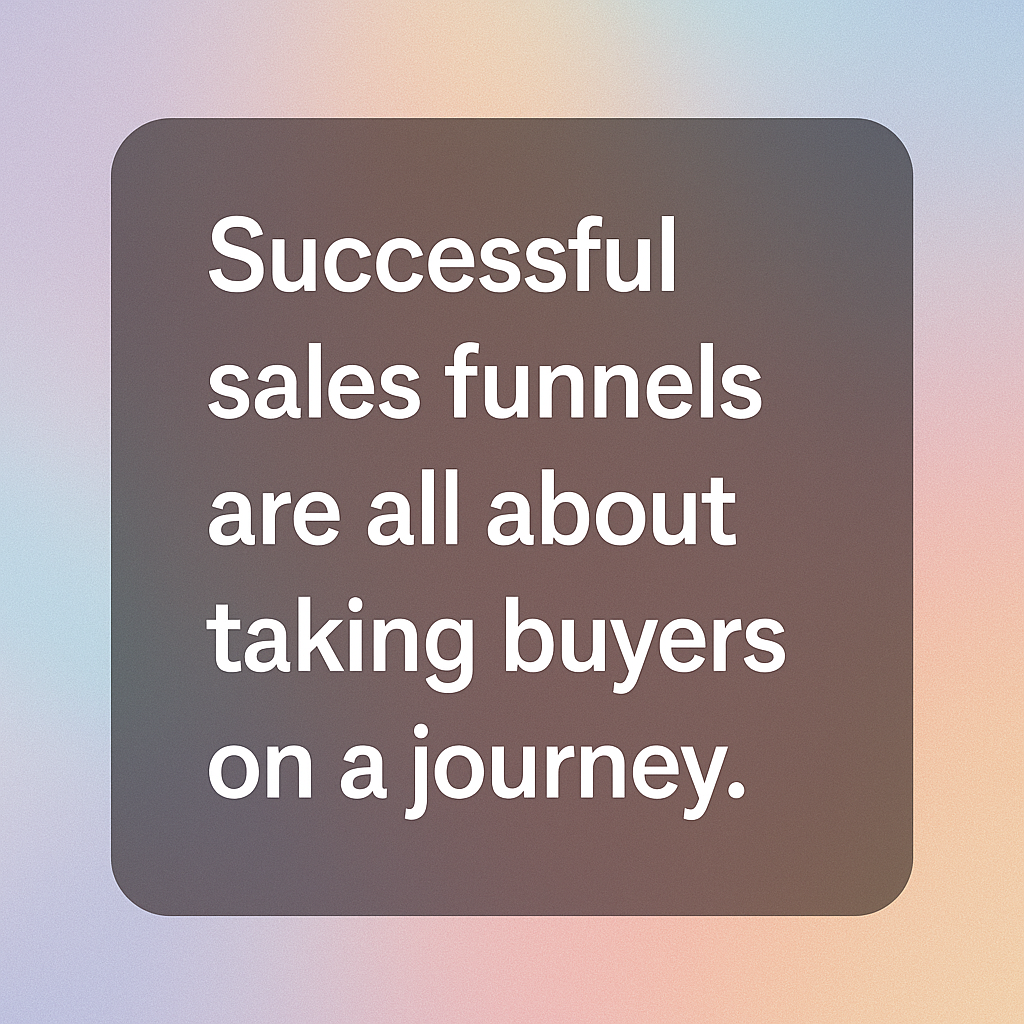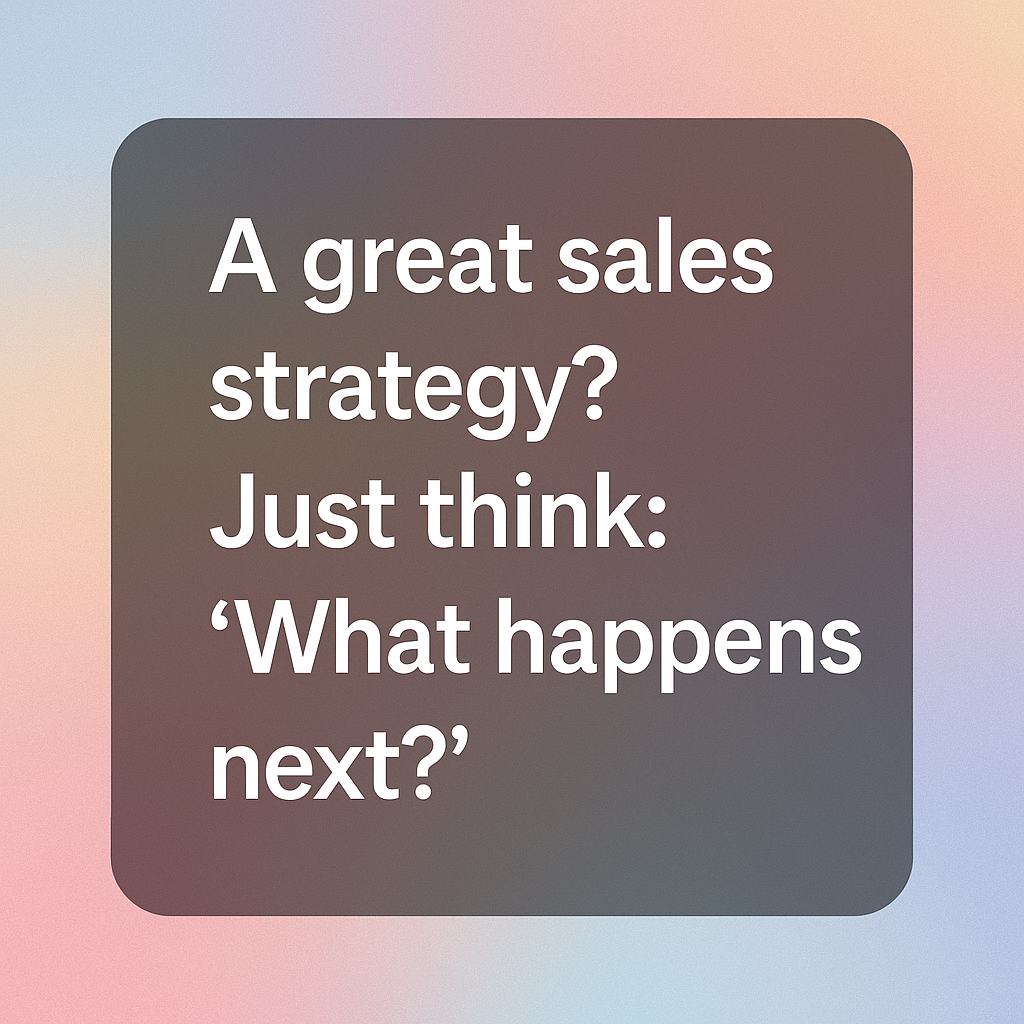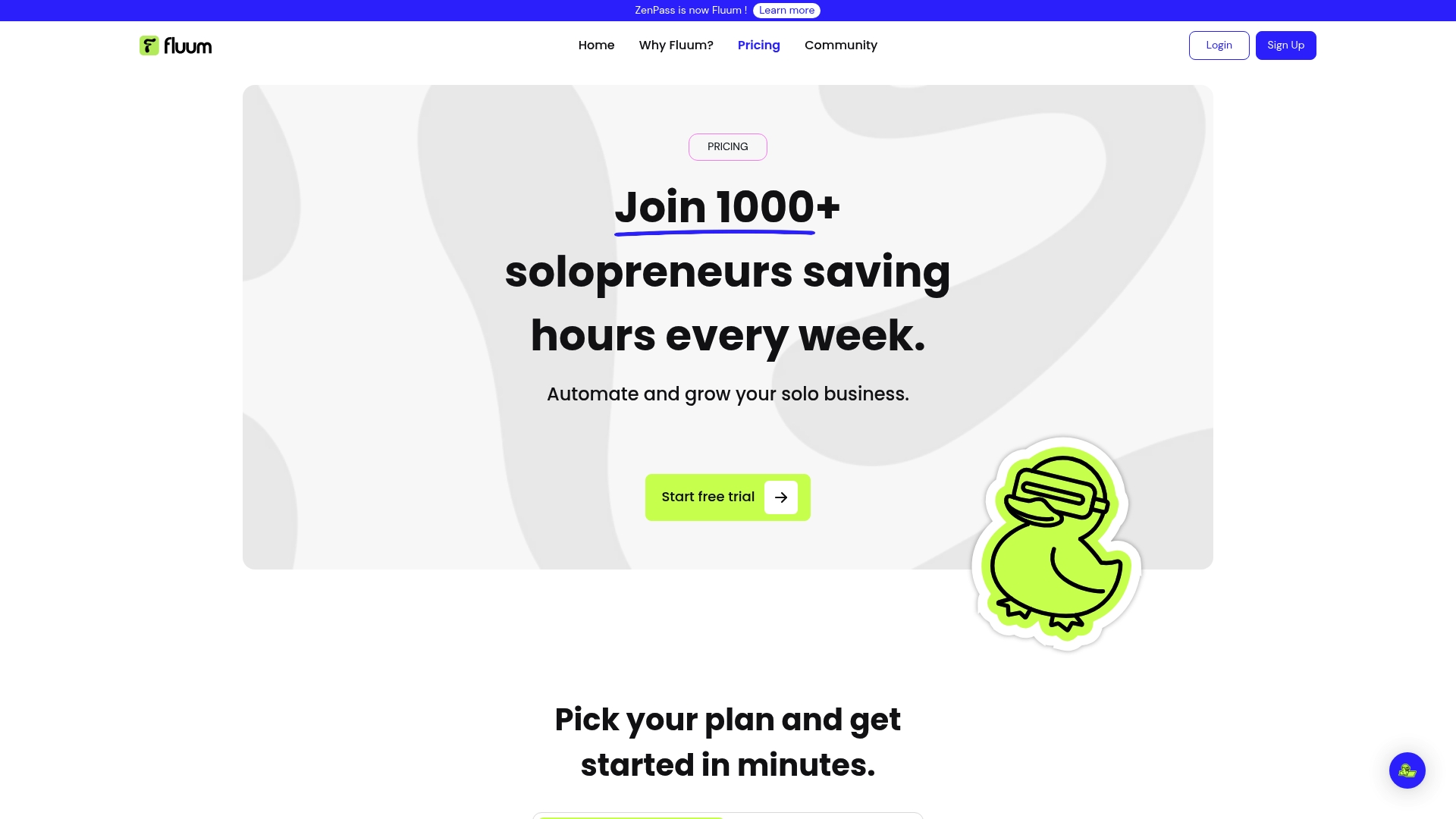
Did you know that businesses with well-defined sales funnels achieve up to 68 percent higher conversion rates than those that lack structure? Understanding each stage of the funnel matters because every customer has different needs and questions as they move from interest to purchase. By uncovering the real steps and addressing common myths, you can design smarter strategies that turn more prospects into loyal clients.
Table of Contents
- Defining Sales Funnel Stages And Misconceptions
- Key Stages In A Typical Sales Funnel
- Essential Actions And Metrics At Each Stage
- Automation Tools For Funnel Optimization
- Common Mistakes And How To Avoid Them
Key Takeaways
| Point | Details |
|---|---|
| Sales Funnel Stages | The sales funnel encompasses stages from awareness to retention, each requiring tailored messaging and engagement strategies. |
| Non-linear Customer Journey | Customers often navigate the funnel in a non-sequential manner, requiring ongoing lead nurturing and personalized communication. |
| Continuous Optimization | Regular analysis of customer interactions and drop-off points is essential for refining sales strategies and improving conversion rates. |
| Automation Benefits | Utilizing automation tools enhances efficiency by allowing solopreneurs to focus on building relationships while managing their sales process dynamically. |
Defining Sales Funnel Stages and Misconceptions
A sales funnel represents the strategic journey potential customers navigate from initial awareness to final purchase. According to research from CIO Wiki, this marketing concept tracks how prospects move through different stages toward becoming paying customers, with steps typically categorized into top, middle, and bottom segments.
The fundamental stages of a sales funnel generally include awareness, interest, consideration, intent, and decision. At each stage, potential customers require different messaging and engagement strategies. For instance, top-of-funnel interactions focus on introducing your brand and generating curiosity, while bottom-of-funnel communications aim to convert interested prospects into actual buyers.
One common misconception is that sales funnels are linear and predictable. In reality, customer journeys are often complex and non-sequential. Potential clients might jump between stages, revisit previous phases, or exit the funnel entirely. Understanding lead nurturing strategies becomes crucial in managing these nuanced interactions and maintaining potential customer engagement.
Successful sales funnel management requires continuous optimization. This means tracking customer behavior, identifying potential drop-off points, and creating targeted interventions that guide prospects smoothly through each stage. By understanding these dynamics, solopreneurs and service providers can design more effective marketing approaches that convert interested individuals into loyal clients.

Key Stages in a Typical Sales Funnel
A sales funnel is a strategic roadmap that tracks a potential customer’s journey from initial brand awareness to final purchase. According to research from Online CSP, the e-commerce sales funnel typically encompasses several critical stages that guide prospects through their decision-making process.
The fundamental stages of a sales funnel include:
- Awareness: Where potential customers first discover your brand or service
- Interest: Customers seek more information about your offerings
- Consideration: Prospects evaluate your solutions against alternatives
- Decision: Customers prepare to make a purchase
- Action: The actual transaction occurs
- Retention: Post-purchase engagement to encourage repeat business
Research from GeeksforGeeks highlights that successful sales funnels aren’t just about moving customers through stages, but also involve continuous analysis of customer interactions through the sales journey. This means tracking customer behavior, understanding drop-off points, and iterating your approach to improve conversion rates.
For solopreneurs and service providers, understanding these stages is crucial. Each phase requires tailored communication and targeted strategies. The goal isn’t just to push for a sale, but to build meaningful connections that transform potential leads into loyal, long-term clients who see genuine value in your offerings.
Essential Actions and Metrics at Each Stage
Navigating the sales funnel effectively requires strategic actions and precise performance tracking. According to research from California Polytechnic State University, each stage demands specific approaches and corresponding metrics to measure success and optimize customer conversion.
Awareness Stage:
- Actions: Create educational content, engage on social media
- Key Metrics:
- Website traffic
- Social media engagement
- Reach and impressions
Consideration Stage:
- Actions: Provide detailed product information, targeted communications
- Key Metrics:
- Time spent on product pages
- Email open rates
- Content download frequency
Decision Stage:
- Actions: Offer compelling deals, showcase customer testimonials
- Key Metrics:
- Conversion rates
- Sales numbers
- Lead-to-customer ratio
The low-ticket offer funnel can be particularly effective in guiding potential customers through these stages, providing an accessible entry point that builds trust and demonstrates value. Research from Rivier University emphasizes that successful funnel management isn’t just about tracking numbers, but understanding the nuanced customer journey and creating meaningful interactions at each touchpoint.
For solopreneurs and service providers, these metrics aren’t just data points. They’re insights into customer behavior, preferences, and potential barriers. By carefully monitoring and responding to these indicators, you can continuously refine your approach, making your sales process more intuitive, responsive, and ultimately more successful.
Here’s a comparison of key actions and metrics at each main sales funnel stage:
| Funnel Stage | Core Actions | Key Metrics |
|---|---|---|
| Awareness | Educational content Social media posts | Website traffic Reach |
| Interest | Targeted emails Product info sharing | Email opens Click-throughs |
| Consideration | Product demos Comparison guides | Time spent Downloads |
| Decision | Special offers Customer testimonials | Conversion rate Sales |
| Action | Seamless checkout Prompt follow-up | Completed sales Cart abandons |
| Retention | Loyalty programs Ongoing communication | Repeat purchases Feedback |
Automation Tools for Funnel Optimization
Sales funnel automation transforms how solopreneurs and service providers manage customer journeys by streamlining complex marketing processes. According to research from UMA Technology, scaling organizations leverage real-time strategies that adapt dynamically to customer engagement, ensuring marketing efforts remain responsive and precisely targeted.
Key automation strategies include:
- Real-time lead scoring: Automatically prioritizing prospects based on interaction quality
- Personalized triggered messaging: Sending contextually relevant communications
- Adaptive paid campaigns: Dynamically adjusting marketing spend and targeting
- Content optimization: Automatically tailoring content to specific customer segments
Research from the Operations Excellence Society highlights that operationally defining qualification criteria enables salespeople to prioritize prospects more effectively, ultimately increasing close ratios and forecast accuracy. Understanding the benefits of business automation becomes crucial in this context, as it allows solo providers to compete with larger organizations by implementing sophisticated, intelligent systems.
For solopreneurs, automation isn’t about replacing human connection but enhancing it. By using smart tools to handle repetitive tasks, you free up valuable time to focus on building genuine relationships, crafting personalized experiences, and delivering exceptional value to your clients. The right automation strategy transforms your sales funnel from a linear process into a dynamic, responsive ecosystem that grows with your business.
Common Mistakes and How to Avoid Them
Navigating sales funnels can be challenging, with numerous potential pitfalls that can derail your marketing efforts. According to research from GeeksforGeeks, one of the most critical mistakes solopreneurs and service providers make is neglecting the post-purchase stage of customer engagement.
Common mistakes in sales funnel management include:
- Focusing exclusively on acquiring new customers
- Ignoring customer feedback and post-purchase experiences
- Failing to develop retention and loyalty strategies
- Treating the sales funnel as a linear, one-time process
- Overlooking the potential of existing customer relationships
Research from Rivier University emphasizes the importance of post-purchase stages such as adoption, retention, and advocacy. Client funnel optimization becomes crucial in addressing these potential weaknesses. This means developing strategies that go beyond the initial sale, including:
- Implementing robust customer feedback mechanisms
- Creating loyalty programs
- Providing ongoing educational materials
- Maintaining consistent communication
For solopreneurs, the key is to view the sales funnel as a continuous relationship-building process. Each customer interaction is an opportunity to demonstrate value, build trust, and transform one-time buyers into long-term advocates. By shifting from a transactional mindset to a relationship-centered approach, you can turn potential mistakes into powerful opportunities for growth and connection.
Streamline Your Sales Funnel Stages with an AI-Powered Co-Founder
Navigating the complex sales funnel journey means tackling challenges like managing multiple stages, tracking crucial metrics, and engaging potential customers effectively at every step. If you have struggled to keep prospects moving smoothly from awareness to decision or found it difficult to nurture leads in a personalized way, you are not alone. Sales funnels are rarely linear and demand focused strategies along with automation to reduce overwhelm and missed opportunities.
Fluum.ai is designed specifically for solopreneurs and freelancers who want to simplify sales funnel management without technical headaches. Our platform brings together sales funnels, client management, marketing, payments, and booking tools all in one easy-to-use solution. Powered by AI, Fluum helps you analyze customer behavior, automate follow-ups, and optimize each funnel stage so you can convert more leads while saving time.

Ready to transform how you manage your sales funnel and grow your business with confidence? Explore flexible options and discover how an AI-powered co-founder can make your sales process smoother and more effective by visiting Fluum Pricing and Plans. Take the first step today to build loyal client relationships that last beyond the first sale.
Frequently Asked Questions
What are the stages of a sales funnel?
The stages of a sales funnel typically include awareness, interest, consideration, decision, action, and retention. Each stage represents a phase in the customer’s journey from discovering your brand to making a purchase and beyond.
How do I optimize my sales funnel for better conversion rates?
To optimize your sales funnel, continuously analyze customer behavior, identify drop-off points, and create tailored messaging for each stage. Implement customer feedback mechanisms and track key metrics at every phase to refine your approach.
What actions should I take at each stage of the sales funnel?
At the awareness stage, create educational content and engage on social media. During the interest phase, share product information through targeted emails. In the consideration stage, offer product demos and comparison guides. In the decision stage, showcase customer testimonials and provide compelling offers. Lastly, ensure a seamless checkout experience during the action phase.
Why is post-purchase engagement important in a sales funnel?
Post-purchase engagement is crucial as it fosters customer retention and turns one-time buyers into loyal advocates. By focusing on this stage, you can implement loyalty programs, gather feedback, and provide ongoing value to enhance customer relationships.
Recommended
- Understanding What Is A Sales Funnel And How It Works
- Understanding Lead Nurturing Strategies For Growth
- Fluum | Effective Stress Management Techniques for Busy Professionals
- Fluum | How to Onboard Clients Effectively for Lasting Success
- Fluum | Master Managing Multiple Projects for Success
- Fluum | Build Your Brand with a Branding Builder in 2025
- Fluum | 7 Customer Retention Examples to Boost Your Business


